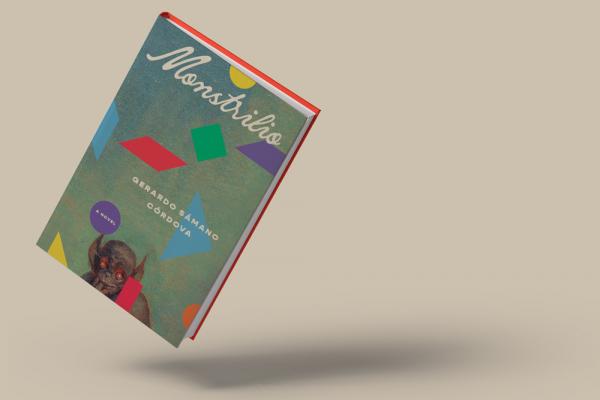ON A BRIGHTLY lit stage in Berlin, a performing artist drapes her dead son’s pajamas over her lap and begins to cry. She cries “loud and unabashed” until her ponytail starts to unravel, and her face becomes swollen and red. Soon, the audience begins to cry too.
The artist is Magos, mother to Santiago, the boy who dies in the opening pages of Gerardo Sámano Córdova’s novel Monstrilio. When Santiago dies, his parents — Magos and Joseph — begin to drown in their grief. But where Joseph isolates himself, weeping endlessly, Magos does something strange. She cuts out a piece of her dead son’s lung, leaves Joseph, and retreats to her mother’s house in Mexico City.
Part family drama, part queer coming-of-age story, Sámano Córdova’s debut gracefully wields its horror elements while navigating the complexities of grief. Structurally, the novel unfolds in four unique perspectives: Magos, Lena, Joseph, and M. After Magos learns about a folktale in which a dead girl’s heart grows into a young man, she sequesters herself in her mother’s house and feeds the lung pork and beef. She doesn’t clean or air out the room. Instead, she uses her odor as a shield, to keep her loved ones away from the lung, to protect its growth. This moment captures the overwhelming nature of Magos’ grief, but it also foreshadows the extent to which she will go to protect what she has left of Santiago.
Read the Full Article

